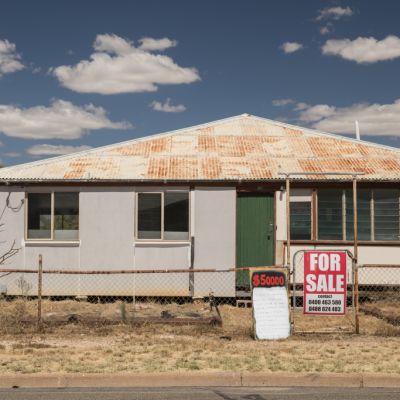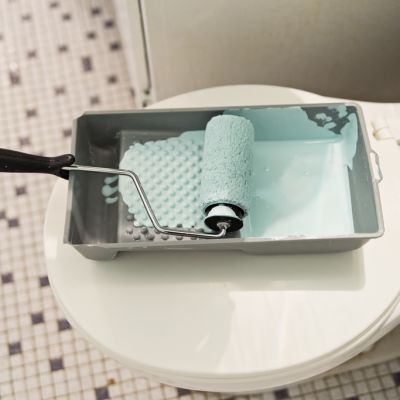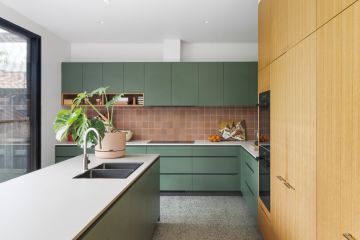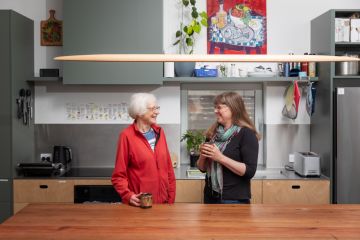Timeless renovation tips: How to make changes you won't regret

It’s accepted renovation wisdom that few get it perfect the first time. Design experts say reno regrets are a normal part of the process, and some have a couple of their own.
Social media has increased the pressure to live flawlessly, but budgets are not infinite and our needs change. Personal style can and should evolve, experts say.
Designer Damian Corney, the founder of custom print and wallpaper business Grafico Group, is completing a renovation of his Melbourne family home.
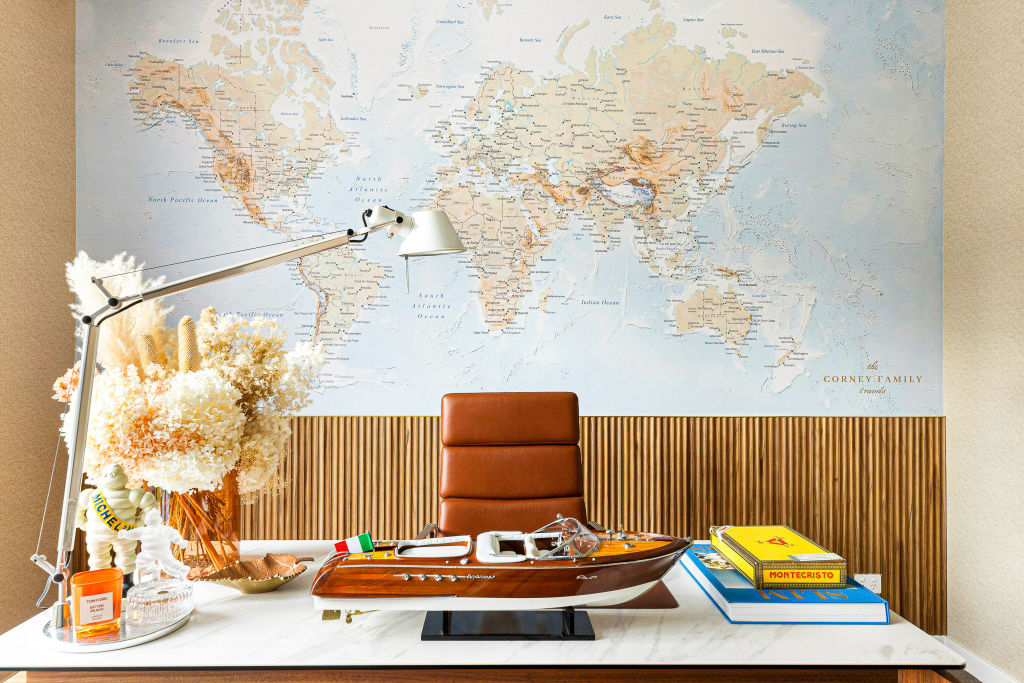
His study, once a blank canvas, is now a warm, inviting space, graced by textural grasscloth wallpaper and a personalised world map alongside a joyous family photo wall.
Below the map is eye-catching Woodflex slat detailing.
Corney, a regular on The Block thanks to the teams’ love of using Grafico in their builds, adores the curated result.
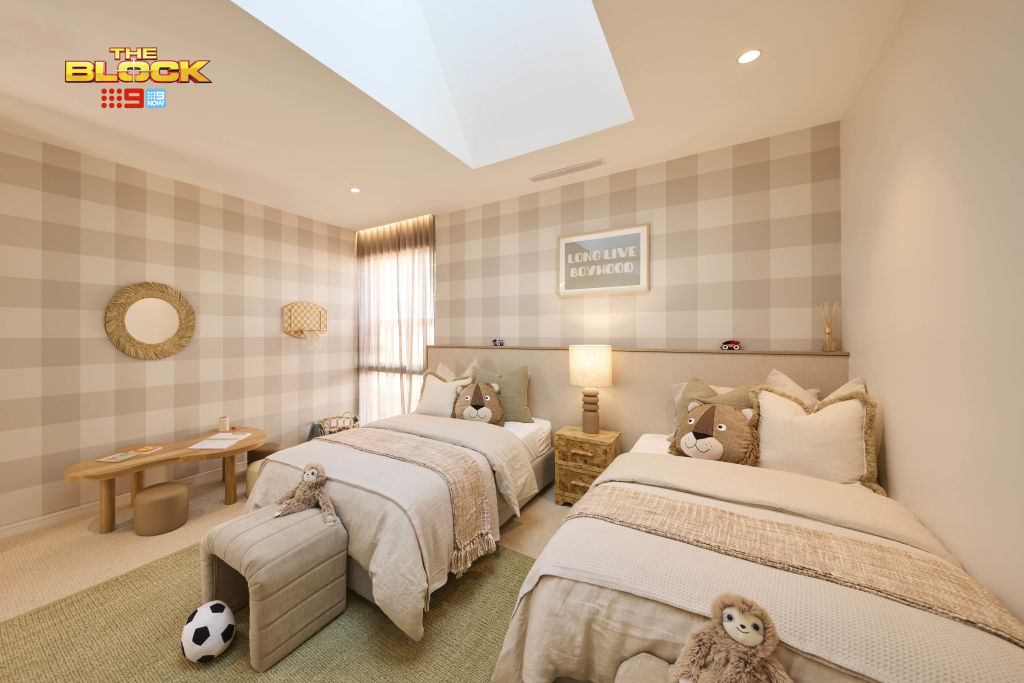
However, he wishes he had not stopped there. His intent was to hero the wallpaper, and, on reflection, he feels the room can accommodate even more.
Corney plans to add custom joinery for storage, sheer linen curtains for dappled light and, as a pièce de résistance, wallpaper on the ceiling.
“We like to call ceilings the fifth walls,” he says. “They’re often overlooked.
“It doesn’t suit every room, and not everyone should be wallpapering their ceiling. But if you have high ceilings, like we do in the study, you can apply something decorative there, leave the rest of the room quite plain, and it can look really beautiful.
“It harks back to the Victorian era, when they had decorative cornices and ceiling roses. They have slowly disappeared into flat, white ceilings. It’s borrowing from that era and bringing it into a modern home.
“I thought about it, and I hesitated, but I should have.”
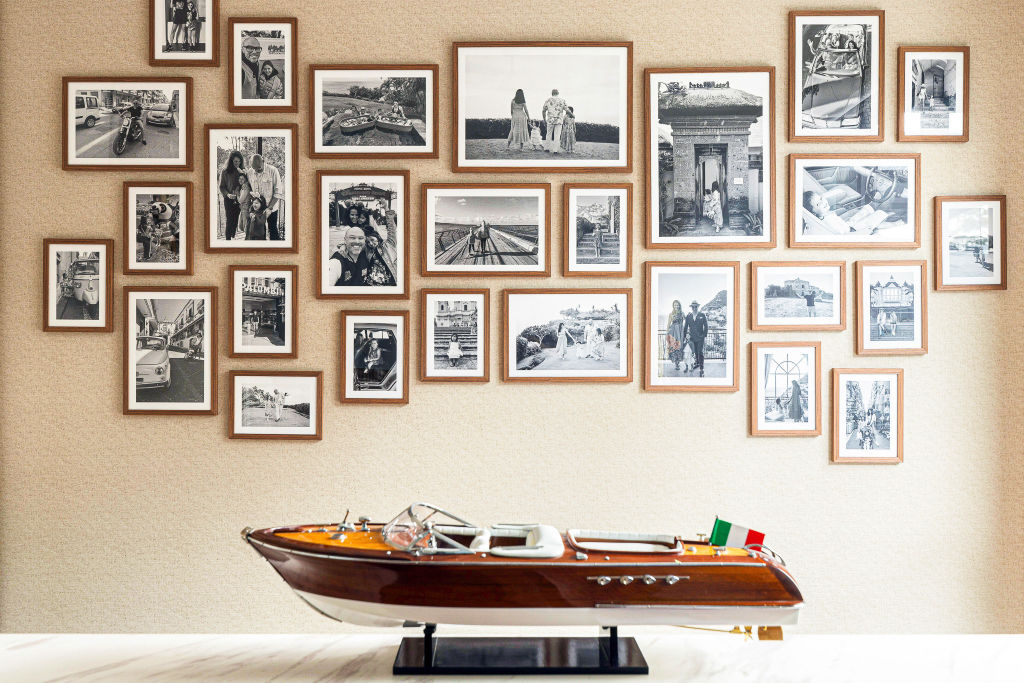
Interior stylist and decorator Amanda Smythe agrees that rushing a reno can lead to regrets.
Living in a space for a while first helps to clarify what it needs to feel complete, from soft furnishings to more permanent fixtures.
Smythe’s former home, a Sydney bungalow with good bones, was comprehensively renovated and extended in 2022. It’s a study in how time can be a renovator’s best friend.
“You can go back and edit,” Smythe says, and she did just that.
“Due to stretching the budget at the time of completion, we went back a bit later and added some of the more expensive items, such as custom joinery and exterior stone cladding.”
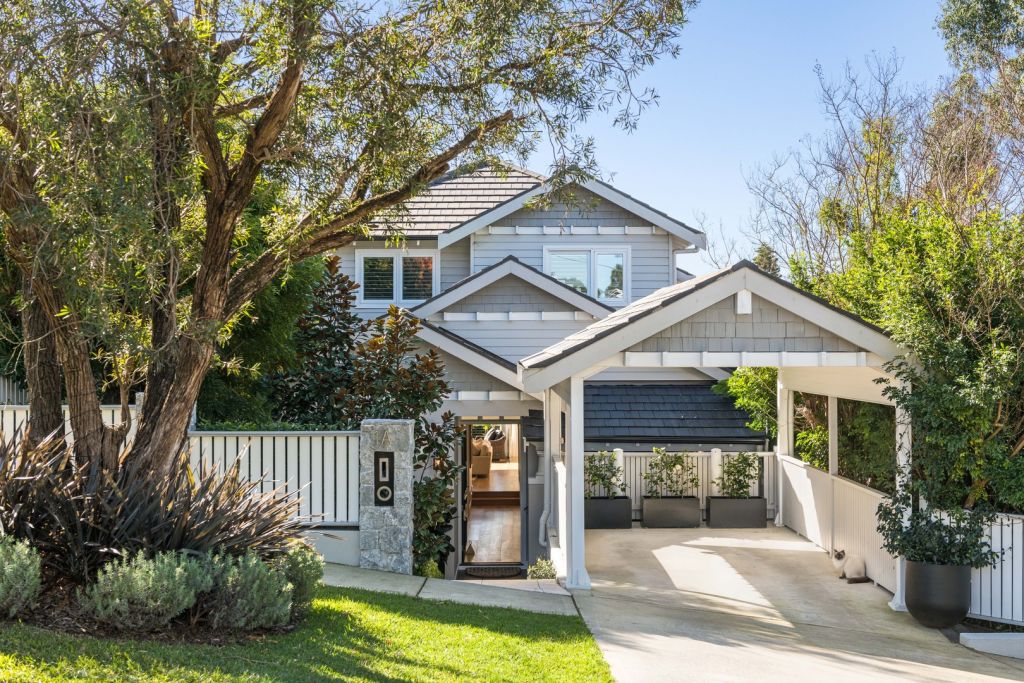
The cladding was the “icing on the cake”, marrying harmoniously with the dove-grey and fresh white of the facade.
Smythe didn’t originally include custom joinery in her children’s bedrooms or the living zone.
In the bedrooms, she opted for IKEA desks in the first instance. Rather than rue the decision, she used the time to make an informed choice on their replacements.
“We went back to it when they knew exactly what they wanted and they had lived there for a while, and chose custom desks,” Smythe says.
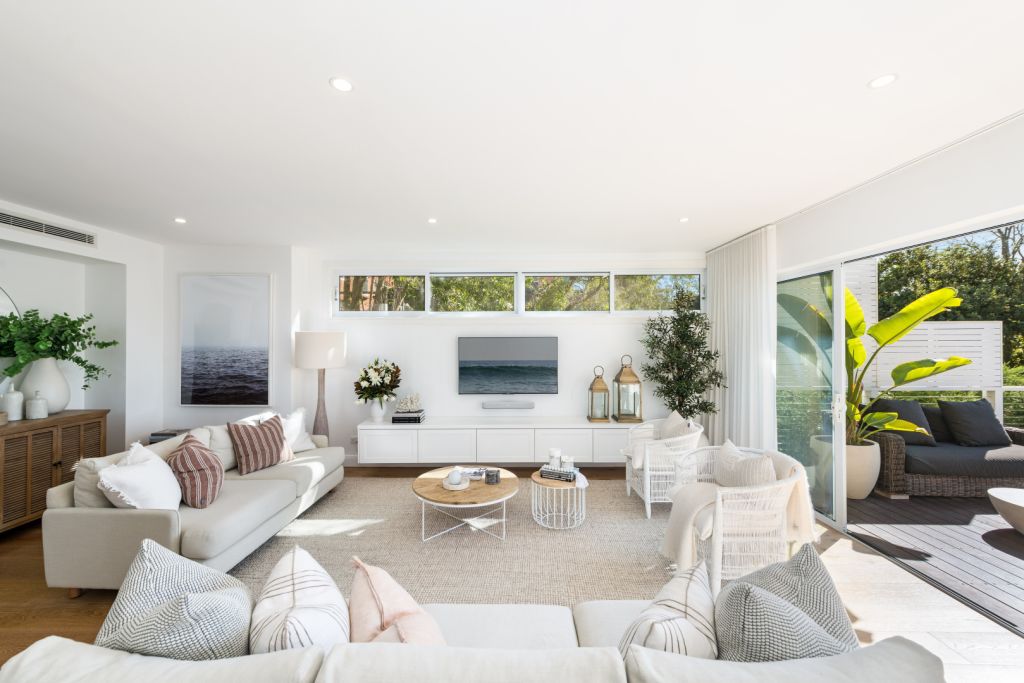
“We did not do custom joinery at first for the entertainment unit, but I was glad I didn’t.
“It was an open-plan living area with the big strip window above. I was going to do a wall-to-wall unit, but I realised how much I liked having a big plant on one end and a floor lamp on the other end. So when we did the custom joinery, I didn’t choose wall-to-wall.
“It is nice to test those things out before you invest the money.”
Focus on nailing big-ticket zones, such as floors, kitchens and bathrooms, Smythe says. Tiles are one of the toughest things to change if remorse later sinks in, so it pays to proceed thoughtfully.
Gone are the days when we lived with the same decor for decades.
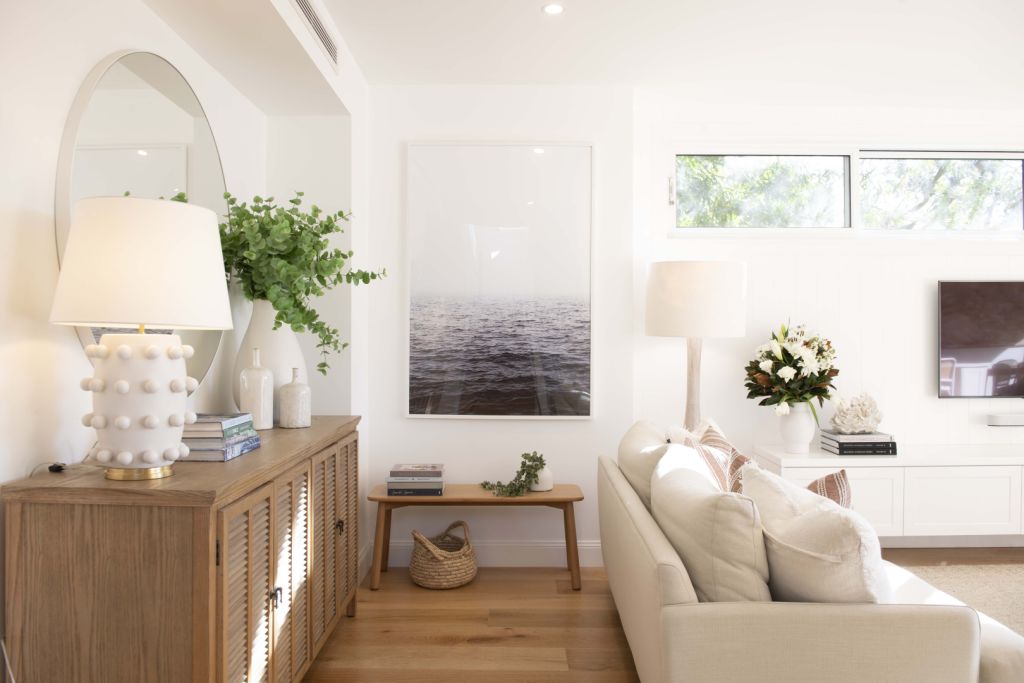
“I think of my grandparents, and although it was much better for the environment, they had the same furniture when they passed away that I had been around my whole life,” Smythe says.
“We don’t live that way. You might buy a new, amazing piece of artwork, and the colours are different, so you change all your cushions, or you might have different needs over time, and that’s absolutely fine.
“I tell my clients, ‘Take a breath.’ There is merit in taking your time because you will make mistakes if you rush.”
We recommend
We thought you might like
States
Capital Cities
Capital Cities - Rentals
Popular Areas
Allhomes
More
